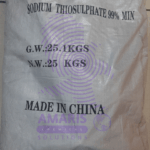
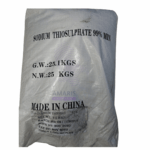

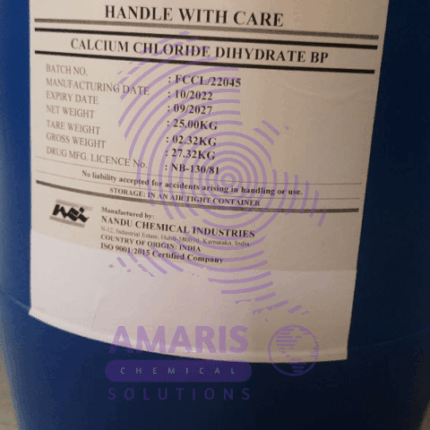
Sodium Thiosulphate 25kg
KSh7,500.00 Original price was: KSh7,500.00.KSh7,200.00Current price is: KSh7,200.00.
Sodium thiosulfate (Na2S2O3) is an inorganic compound that is commonly used as a photographic fixer, as well as in medical and industrial applications. It is a white crystalline powder that is soluble in water and has a mild odor. In photography, sodium thiosulfate is used to remove unexposed silver halide from photographic prints and negatives, making the image permanent. In medicine, it is used as an antidote for cyanide poisoning, and in industrial applications, it is used as a reducing agent, a dechlorinating agent, and in water treatment processes.
Uses of Sodium thiosulphate
Photography:
Sodium thiosulfate is commonly used in photographic processing as a fixer. It is used to dissolve unexposed silver halide from photographic emulsions, thereby making the image permanent.
Medical applications:
Sodium thiosulfate is used in the treatment of cyanide poisoning. It reacts with the cyanide ion to form thiocyanate, which is less toxic and can be excreted by the body. It is also used in the treatment of calciphylaxis, a rare but serious condition in which calcium accumulates in the small blood vessels of the skin.
Industrial applications:
Sodium thiosulfate is used as a reducing agent in various industrial processes, such as the production of dyes and pharmaceuticals. It is also used as a dechlorinating agent in the treatment of wastewater and as a component of certain metal cleaners.
Analytical chemistry:
Sodium thiosulfate is used in several analytical chemistry applications, including iodometric titrations and as a reducing agent in quantitative analysis.
Horticulture:
Sodium thiosulfate is used in horticulture as a source of sulfur for plants. It can be used as a foliar spray or as a soil amendment to correct sulfur deficiencies in plants.
Related products
2 Propanol 2.5 litres (IPA)
Acetic Acid 2.5litre
Aceto Carmine 100 ml
Properties
- Color: Red to purplish-red.
- Solubility: Soluble in water and ethanol.
- Staining Characteristics: Stains chromatin and cytoplasmic components, providing contrast for better visualization under a microscope.
Preparation
- Ingredients:
- Carmine dye: A natural red dye extracted from the cochineal insect.
- Acetic acid: A colorless liquid organic compound with a pungent smell.
- Procedure:
- Dissolve a specific amount of carmine powder in hot distilled water.
- Add glacial acetic acid to the solution.
- Filter the mixture to remove any undissolved particles.



 LABORATORY EQUIPMENT & APPARATUS
LABORATORY EQUIPMENT & APPARATUS
 Fertilizers
Fertilizers Plant Growth Regulators
Plant Growth Regulators Soil Conditioners
Soil Conditioners Animal Feed Additives
Animal Feed Additives Biostimulants
Biostimulants Dough Conditioners
Dough Conditioners Flour Treatments
Flour Treatments Fat Replacers
Fat Replacers Preservatives (baking)
Preservatives (baking)
 Surfactants (cleaning)
Surfactants (cleaning) Builders
Builders Bleaching Agents
Bleaching Agents Enzymes
Enzymes Solvents (cleaning)
Solvents (cleaning) Fragrances
Fragrances


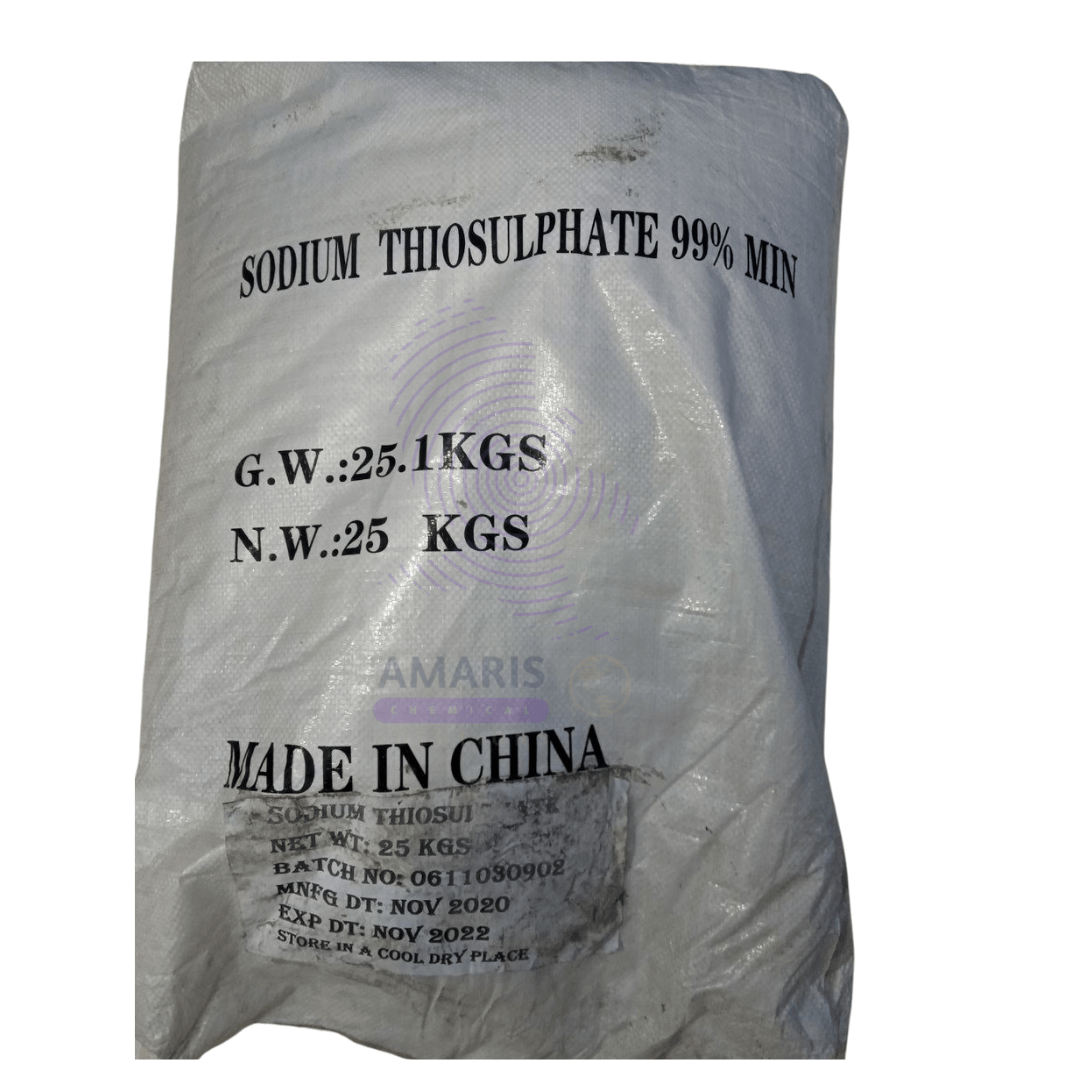
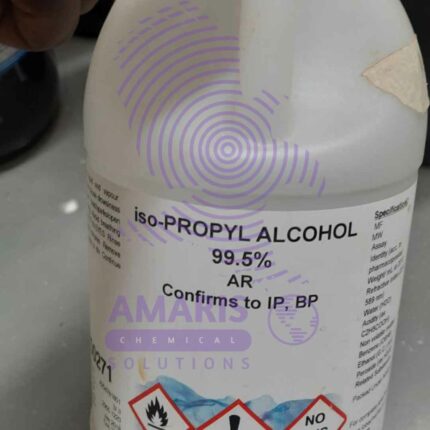
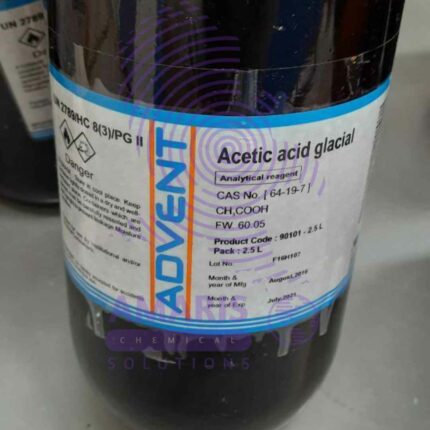

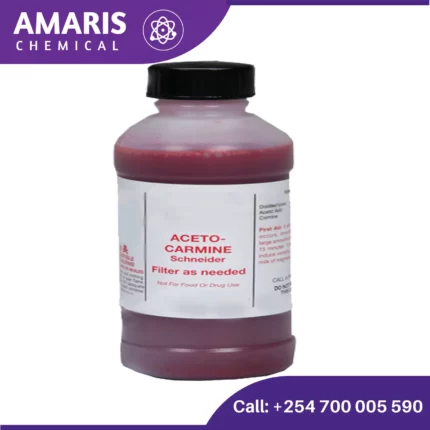

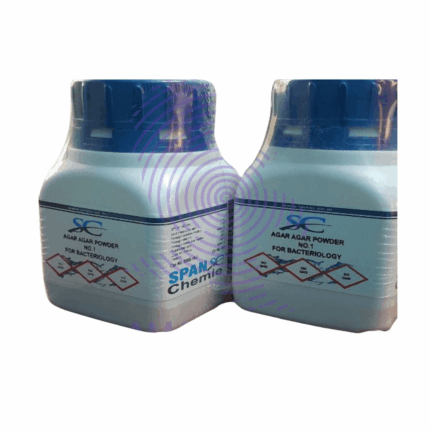
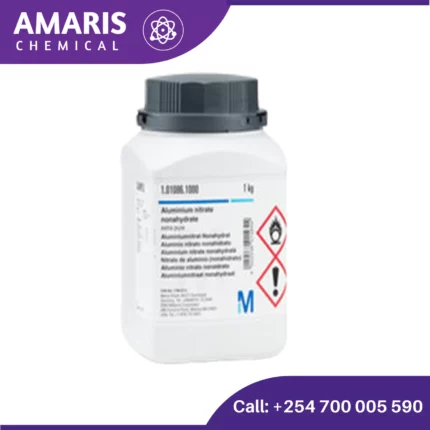
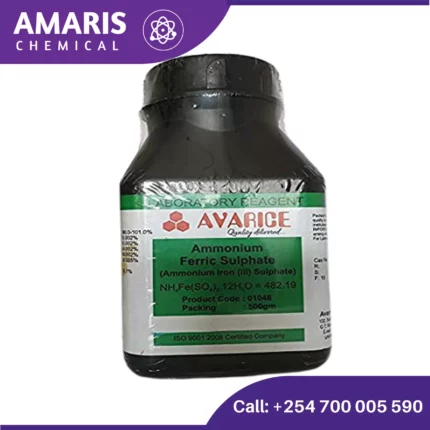
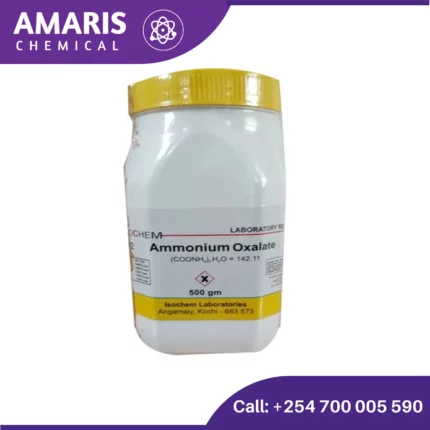















Reviews
There are no reviews yet.